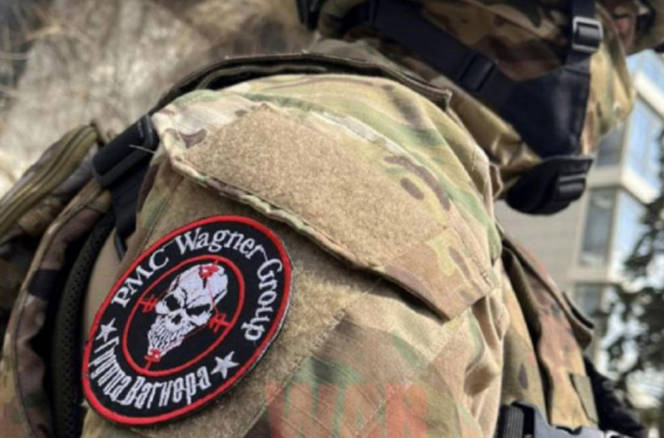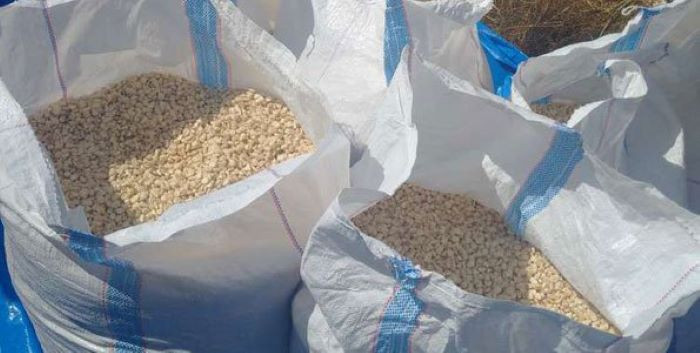
South Africa is a very fast country. A week that started with the Marikana Mine shooting and the death of dozens of people ended with headlines on the death of Solly, the hippo.
How the death of a hippo can steal the limelight from the tumultous fiasco at Marikana boggles the mind.
Another week started with Julius Malema, former chairman of the African National Congress Youth League, politically riding on the podium of tragic bodies of the Marikana disaster and ended with the release of another nude President Jacob Zuma painting in Cape Town.
Again the painting almost grabbed more attention than the unfinished business of Marikana.
For an African media student, this rapid evolution of events is confusing. How does the death of a hippo steal the limelight from the simmering Marikana massacre?
Most African cultures place more value on human life than animals. Who then is driving the media agenda in South Africa?
The visit of Malema to Marikana presented another interesting poser for the media.
The media had dispersed and the Marikana tragedy was suddenly drifting off their radar.
- Chamisa under fire over US$120K donation
- Mavhunga puts DeMbare into Chibuku quarterfinals
- Pension funds bet on Cabora Bassa oilfields
- Councils defy govt fire tender directive
Keep Reading
But as soon as news spread that Malema would be running a parallel mourning session to that arranged by the government, the media trooped back.
All cameras were on Malema. Whether Malema’s drama in the middle of a tragedy was political opportunism by a political charlatan or legitimate intervention by a caring young politician, is another million dollar question.
To say he stole the show is an understatement. He was the show. He towed the media to a local station to lay charges against the government for the murder of the miners.
For the people of Marikana, this was a moment of mourning. Loved ones, breadwinners, parents and brothers were lost and the loss will definitely change the lives of the remaining family members forever.
To the media, this was not as important as Malema plotting the ouster of Zuma. The Mangaung story was mundane and the Zuma story was over-captioned.
Marikana offered a fertile opportunity to dig deeper into political and economic melancholy that besets South Africa today.
Removing Zuma from power is only addressing an effect, not anywhere near the estimation of the problem. Not even painting his genitals will make South Africa a better country.
Is it suspiciously questionable that both Malema and the media chose to focus on the political side, neglecting the economic empowerment part of the story?
The post-Marikana news coverage was equally interesting. Marikana Mine bosses and its stakeholders appear to exude unparalleled power.
In the midst of this mourning, we were told that mine operations had to resume quickly to avoid denting the economy.
We were also told that Lonmin mine was likely to breach loan agreements over the strike. So the agenda rapidly shifted from the killing to saving the economy.
That the strike was started by poor workers protesting over paltry wages was indeed of little relevance. Both the striking workers and the bereaved families were left to mourn alone.
These media events emanating from the Marikana tragedy raise curious questions about the media in South Africa.
The first question is obvious: Who writes the news in South Africa? That pre and post-independent South Africa has produced a huge crop of journalists.
The pre-independent journalists, in my view, had more grit and courage than the post-independent ones. Yes, they asked the relevant questions, they pushed agendas, they questioned events and decisions and they were soldiers in their own right.
The post-independent journalists are surely not made from the same material. They are marinated in what appears to be a free and democratic environment and yet Marikana glares right in their faces.
They are happy to report events without questioning and elaborating on issues, hence they tow the agendas instead of setting them.
This explains why they followed Malema’s political agenda instead of pursuing the myriad of unanswered Marikana questions.
This also explains why they wre happy to report on a Lonmin Press statement without critically analysing it within the broader context of why the strike occurred in the first place.
This leads to the second question. Who owns the media in South Africa and whose interests are they serving?
Foreign multinational corporations continue to play an important role in the economy, both as old and new investors. The sophistication of the South African economy and its extensive entanglement with the global economy means that foreign corporations have independent clout in South Africa.
Historical accounts show that during the pre-independence negotiations the oligarchs who control the core of the economy directed part of their wealth to establishing media groups under the guise of promoting pluralism yet subtly protecting their own interests. The media in South Africa is still largely either under foreign ownership or owned by oligarchs from the pre-independent era.
Both groups of owners have economic interests that go beyond the sale of news.
In fact, at any given opportunity, they soliloquise their fears by urging the media to recite the South Africa constitution especially the protection of property rights and safeguarding the economy.
Where that is not effective enough, global markets are invited to weigh in. Therefore, how the media covered the Marikana events is not an act of objective and fair journalism, but a theatrical performance scripted and directed by economic interests, sadly at the expense of poor Marikana workers.











